Order Management starts at the moment when a customer places an order. For small businesses, order management can be a relatively simple manual process. First, we select a few orders from a small inventory, manually pack them, and ship them to their final destination.
Definition of Order Management
Order management refers to receiving, processing, and fulfilling customer orders. Efficient order management ensures customers receive their orders on time and streamlines business operations. The order management process involves several steps, including order entry, inventory management, order fulfillment, shipping, and tracking.
Order entry involves collecting customer order information, such as product details, quantity, and delivery address. Inventory management involves tracking and managing inventory levels to ensure the business has enough stock to fulfill orders. Finally, order fulfillment involves picking and packing the products and preparing them for shipping.
Shipping involves transporting the products from the business to the customer’s delivery address. Tracking involves monitoring the order to ensure it arrives at the correct destination on time.
Effective order management is essential for businesses to maintain customer satisfaction and retention. It requires attention to detail and modern technology such as order management software. With effective order management, businesses can reduce errors, improve order accuracy, and speed up the fulfillment process, increasing customer loyalty and revenue.

Importance of an Order Management System
View and manage all customer orders in one place with the help of our order management system. Order management software is used to order products and track order fulfillment. This order management includes, among other things, the search for the lowest price available on the market, the delivery process, acceptance of orders, packaging, and delivery.
Such software streamlines the order management process, reduces the order-to-cash process, and increases processing efficiency for suppliers and distributors. This program, simply put, is necessary to maintain fairness and transparency. When you’re a small team building a business process from scratch, creating an order management process and the system can seem like a no-brainer.
But as your business grows, you risk falling behind trying to do all the work yourself. Gone are the days of waiting for someone to process your shipping paperwork. Instead, you must move with the times and use technology to enhance your revenue recognition process.
Order accuracy. Delayed deliveries or wrong products can affect the customer’s opinion of your brand. Good order management practices can give organizations additional control and visibility over each process step. In addition, automation can significantly reduce the potential for human error in order processing.
Order Processing Efficiency: Good order management practices consider how all the systems and processes in your supply chain communicate to improve efficiency without sacrificing accuracy wherever possible. For example, an OMS can automatically detect the closest fulfillment location to your customer in an omnichannel environment to reduce delivery time.
Inventory Accuracy: An effective order management process is integrated with the inventory management process. Businesses need to monitor inventory levels to continuously fulfill orders effectively, so they must be able to accurately calculate inventory turnover to avoid losing cash due to excess inventory. While this can be done manually for small businesses, larger organizations can benefit from an automated OMS that transforms them into an inventory management system, ‘IMS.’ Provides an instant inventory overview, even across multiple warehouses and distribution centers. Understanding the flow of inventory helps businesses plan more accurately.
Cost Management: A well-implemented order management process can save costs by increasing efficiency and preventing overstock and shortages. However, efficient order management also helps reduce labor and shipping costs by allowing employees to maximize their time. For example, OMS can automatically determine the most efficient way to pick and pack a series of orders.

The NetSuite Order Management Solution
The NetSuite Order Management module provides businesses with customizable fulfillment execution for any warehouse type. Based on global inventory visibility and company policies, order allocation and procurement tools determine how orders are filled.
Additionally, this module equips sales teams with the knowledge they need to respond to customer inquiries regarding product availability, orders, and post-order adjustments or issues.
Here’s how NetSuite Order Management works:
1. Order Capture: NetSuite: Order Management allows businesses to capture orders from various sources such as websites, marketplaces, and sales channels. Orders are automatically entered into the system and can be viewed in real-time by sales and customer service teams.
2. Order Processing: NetSuite Order Management automates the order processing workflows once an order is captured. This includes payment processing, credit checking, and order verification. Orders are then routed to the appropriate fulfillment location based on inventory availability and other factors.
3. Inventory Management: NetSuite Order Management provides real-time visibility into inventory levels across multiple locations. This allows businesses to manage inventory more efficiently and avoid stockouts or overselling.
4. Order Fulfillment: NetSuite Order Management streamlines the order fulfillment process by automating picking, packing, and shipping tasks. It also provides real-time tracking information to customers, reducing customer inquiries and improving the overall customer experience.
5. Returns Management: NetSuite Order Management provides businesses with a centralized system for managing returns. This includes automated returns processing, return merchandise authorization (RMA) tracking, and restocking of returned items.
6. Reporting and Analytics: NetSuite Order Management provides businesses with valuable data insights, such as order volumes, order history, and inventory levels. This data can be used to identify trends, forecast demand, and optimize inventory management, leading to more informed business decisions.

Benefits Offered by NetSuite Order Management System
An order management system (OMS) is essential for any business processing customer orders. An OMS helps businesses to streamline their order processing workflows, reduce errors, and improve customer satisfaction. Here are some of the key reasons why the Netsuite OMS is so important:
Increased Efficiency: The NetSuite OMS automates many of the tasks involved in order processing, reducing the time and effort required to manage orders. This means that orders can be processed faster and more accurately, reducing the risk of errors and delays.
Improved Inventory Management: The NetSuite OMS helps businesses to maintain accurate inventory records by tracking stock levels in real time. This allows businesses to refrain from overselling and stockouts, which can lead to lost sales and dissatisfied customers.
Better Order Fulfillment: The NetSuite OMS can help businesses to optimize their order fulfillment workflows by automating tasks such as picking, packing, and shipping. This can help to reduce errors and improve the speed and accuracy of order fulfillment, leading to happier customers.
Enhanced Customer Service: The NetSuite OMS allows businesses to provide customers with real-time order status updates and tracking information. This helps to reduce customer inquiries and improves the overall customer experience.
Increased Sales: By improving order processing workflows and reducing errors, NetSuite OMS can help businesses to increase sales and revenue. Customers are more likely to return to a business that provides fast, accurate, and reliable order processing.
Better Data Insights: The NetSuite OMS provides businesses valuable data insights, such as order volumes, order history, and inventory levels. This data can be used to identify trends, forecast demand, and optimize inventory management, leading to more informed business decisions.
Scalability: The NetSuite OMS is designed to handle high volumes of orders and can be scaled up or down as required. This means businesses can easily adjust their order processing capabilities to meet changing demands.
The Modules of NetSuite Order Management
NetSuite OM cannot be successful without other modules and features working together to achieve the best results.
NetSuite CRM
Only the cloud-based NetSuite Customer Relationship Management (CRM) software gives you a real-time, 360-degree view of your customer. NetSuite CRM provides a seamless flow of information throughout the customer lifecycle, from leads to opportunities, orders, fulfillment, renewals, upsells, cross-sells, and support.
NetSuite CRM offers standard CRM capabilities such as SFA, customer care, marketing automation, quoting, order management, commissions, sales forecasting, and integrated e-commerce capabilities.
NetSuite Inventory Management
Thanks to NetSuite Inventory Management, businesses can reduce inventory and free up cash while eliminating errors. NetSuite Inventory Management provides a single, real-time view of assemblies and inventory items across all locations and distribution channels and for all sorts of wholesale businesses. As a result, NetSuite Inventory Management helps companies optimize inventory levels and ensure product availability across multiple channels to exceed consumer expectations and keep inventory costs low.
Provide real-time product visibility in warehouses, retail stores, pop-up shops, drop shippers, 3PLs, and anywhere you manage or store inventory. Streamline your business by removing manual bottlenecks and ensuring fulfillment accuracy and timely fulfillment of sales orders.
The Final Words
Customer satisfaction is one of the main goals of any business that sells goods and services. Satisfied customers are more likely to order from your company again and generate more sales. In addition, good order management practices streamline processes and improve order fulfillment efficiency. And when combined with an order management system, it makes it easier for businesses to retain customers as orders are more accurate, deliveries are faster, and customer support is more efficient.





